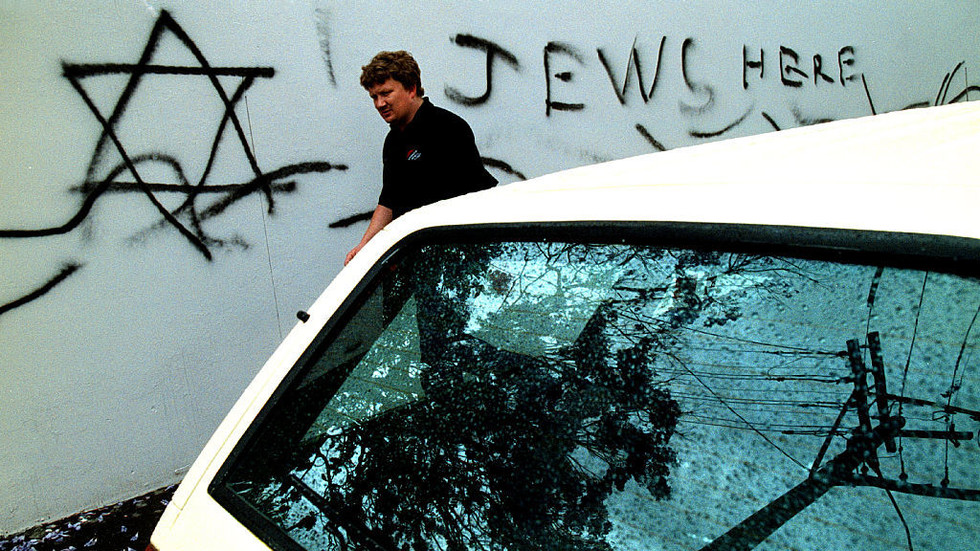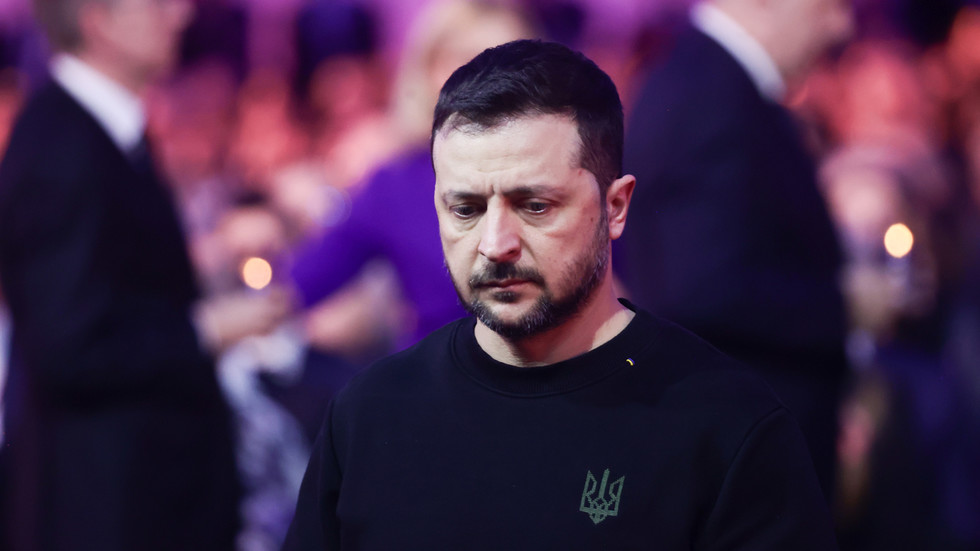
For free real time breaking news alerts sent straight to your inbox sign up to our breaking news emails
Sign up to our free breaking news emails
Hamas has accepted the a proposed ceasefire deal over the war in Gaza – but Israel, who have just launched attacks on Rafah – the last remaining area of the Gaza Strip yet to be invaded – has rejected it. Talks over a truce are said to be continuing.
Israeli Prime Minister Benjamin Netanyahu said the proposal, which was agreed over the weekend and calls for the eventual complete withdrawal of Israel’s military from the Gaza Strip, would “leave Hamas intact”.
“Surrendering to the demands of Hamas would be a terrible defeat for the State of Israel," he said in a video statement.
Here we look at exactly what was included in the proposal.
The proposed plan is broken down into three 42-day stages, with the majority of requirements of both sides taking place during the first stage.
In the first 42 days, there would be “a temporary cessation of military operations between the two parties”, followed by a “withdrawal of Israeli forces eastward and away from densely populated areas”.
That withdrawal will happen in three stages. The first, after three days, should see Israel withdraw from strongholds in the northern half of the enclave and “dismantle military sites and installations in this area”.
The second stage, after 22 days of the ceasefire, which is when half the living civilian captives in Gaza, including female soldiers, should have been released, the Israeli military should withdraw from areas in central Gaza.
At the end of the first 42-day stage, Israel should be prepared to withdraw entirely from the Gaza Strip.
Internally displaced civilians in Gaza should be permitted to return to their homes as the Israeli military withdraws from the affected area.
The proposal, which Al Jazeera has seen, adds that Israel’s warplanes should cease flying over Gaza for 10 hours a day and 12 hours when Israeli hostages are being swapped for Palestinian prisoners.
Meanwhile, 600 trucks of humanitarian aid are due to be delivered on a daily basis, starting from the first day of the ceasefire.
The proposal reads: “Humanitarian aid, relief materials and fuel (600 trucks a day, including 50 fuel trucks, and 300 trucks for the north) shall be allowed into Gaza in an intensive manner and in sufficient quantities from the first day. This is to include the fuel needed to operate the power station, restart trade, rehabilitate and operate hospitals, health centres and bakeries in all parts of the Gaza Strip, and operate equipment needed to remove rubble. This shall continue throughout all stages.”
Infrastructure, including electricity, water, sewage, communications and roads, will be rebuilt and all equipment needed for reconstruction, as well as the removal of rubble and debris, should be allowed into Gaza.
A minimum of 60,000 caravans and 200,000 tents will also be allowed into the enclave to house those whose homes have been destroyed.
Regarding hostages, the text reads: “During the first phase, Hamas shall release 33 Israeli captives (alive or dead), including women (civilians and soldiers), children (under the age of 19 who are not soldiers), those over the age of 50, and the sick, in exchange for a number of prisoners in Israeli prisons and detention centres.”
The ratio of swaps would be one Israeli hostage for 30 Palestinian prisoners, and the swaps will be direct, namely one female soldier for one female prisoner.
The prisoners will be those being held in Israeli prisons and named on the release list by Hamas, a list that will also be approved by Israel.
The first three Israeli hostages will be released on the third day of the agreement, after which Hamas should release three additional hostages every seven days, starting with women, including female soldiers.
In the sixth week of exchanges, Hamas should “release all remaining civilian detainees”.
The second and third stages relate to Israel’s “complete withdrawal” from the Gaza Strip and the subsequent reconstruction of the enclave.
The proposal says the second stage concerns “a return to sustainable calm”, including a permanent cessation of military operations and the final exchanges of captives and prisoners, which should include all remaining living Israeli men, both civilian and military.
The third and final stage should involve the “exchange of the bodies and remains of the dead on both sides after they have been retrieved and identified”.
A reconstruction plan over a period of three to five years will then commence, including the rebuilding of homes, civilian facilities and infrastructure, under the supervision of Egypt, Qatar and the United Nations.

 9 months ago
40
9 months ago
40








